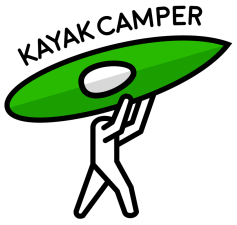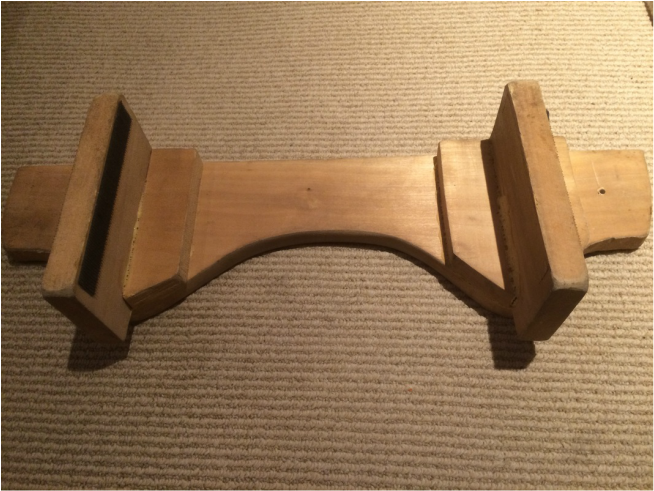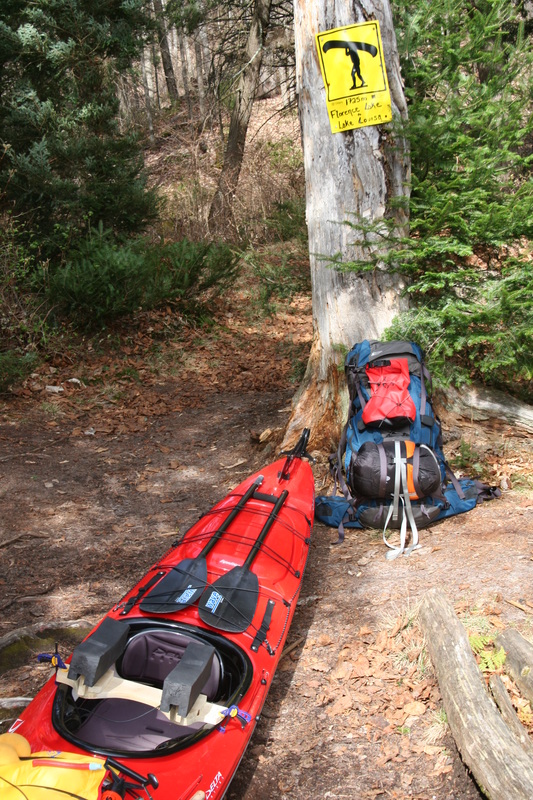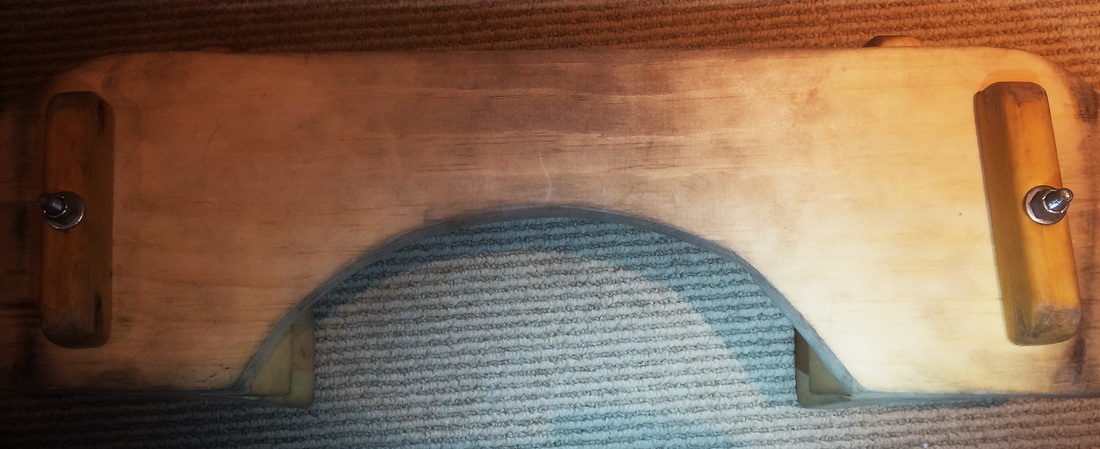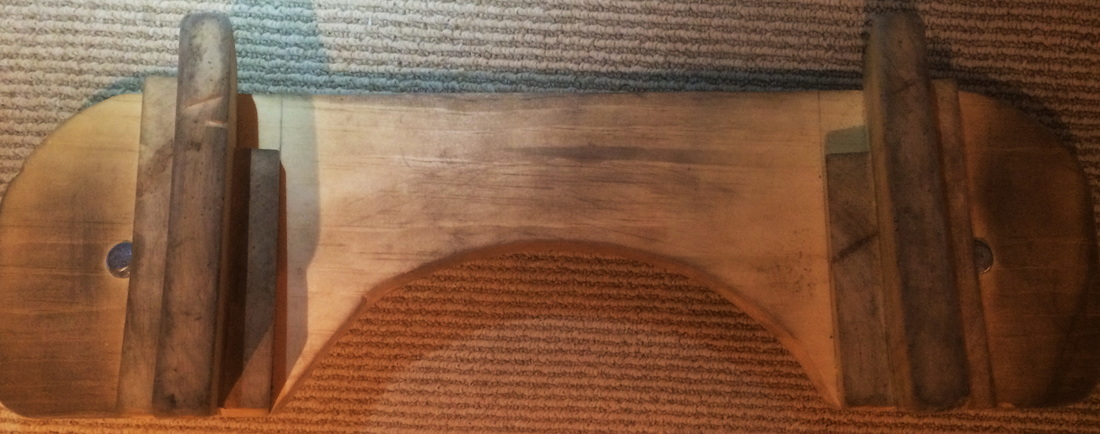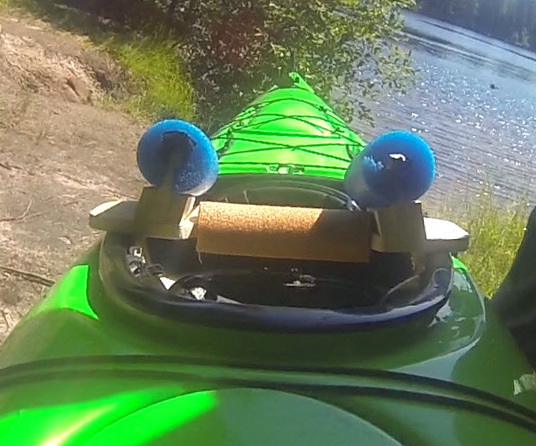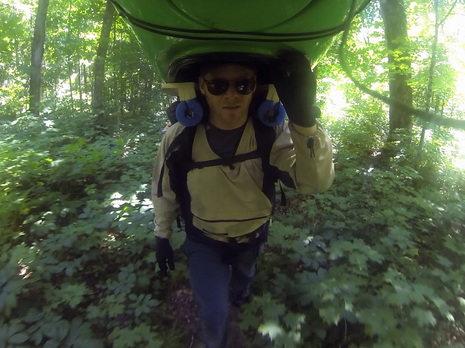Kayak Yoke
The canoe rules the backcountry for two reasons: it carries a lot of gear, and is easily portaged. The camper steps out of the canoe, puts their pack on their back, flips the canoe over onto their shoulders and begins walking.
A kayak will never be that easy to portage, but I've put a lot of time, thought and effort into narrowing the gap. The biggest challenge of portaging a kayak is... well... portaging a kayak! Anyone who's ever put a kayak on their shoulder realizes pretty quickly that you're not going to carry it far without needing a break. And the one-shoulder style makes carrying a pack at the same time pretty much impossible. So when I first decided I wanted to do serious interior camping with a kayak, the first thing I did was design and build a kayak yoke. This one, to be exact:
A kayak will never be that easy to portage, but I've put a lot of time, thought and effort into narrowing the gap. The biggest challenge of portaging a kayak is... well... portaging a kayak! Anyone who's ever put a kayak on their shoulder realizes pretty quickly that you're not going to carry it far without needing a break. And the one-shoulder style makes carrying a pack at the same time pretty much impossible. So when I first decided I wanted to do serious interior camping with a kayak, the first thing I did was design and build a kayak yoke. This one, to be exact:
